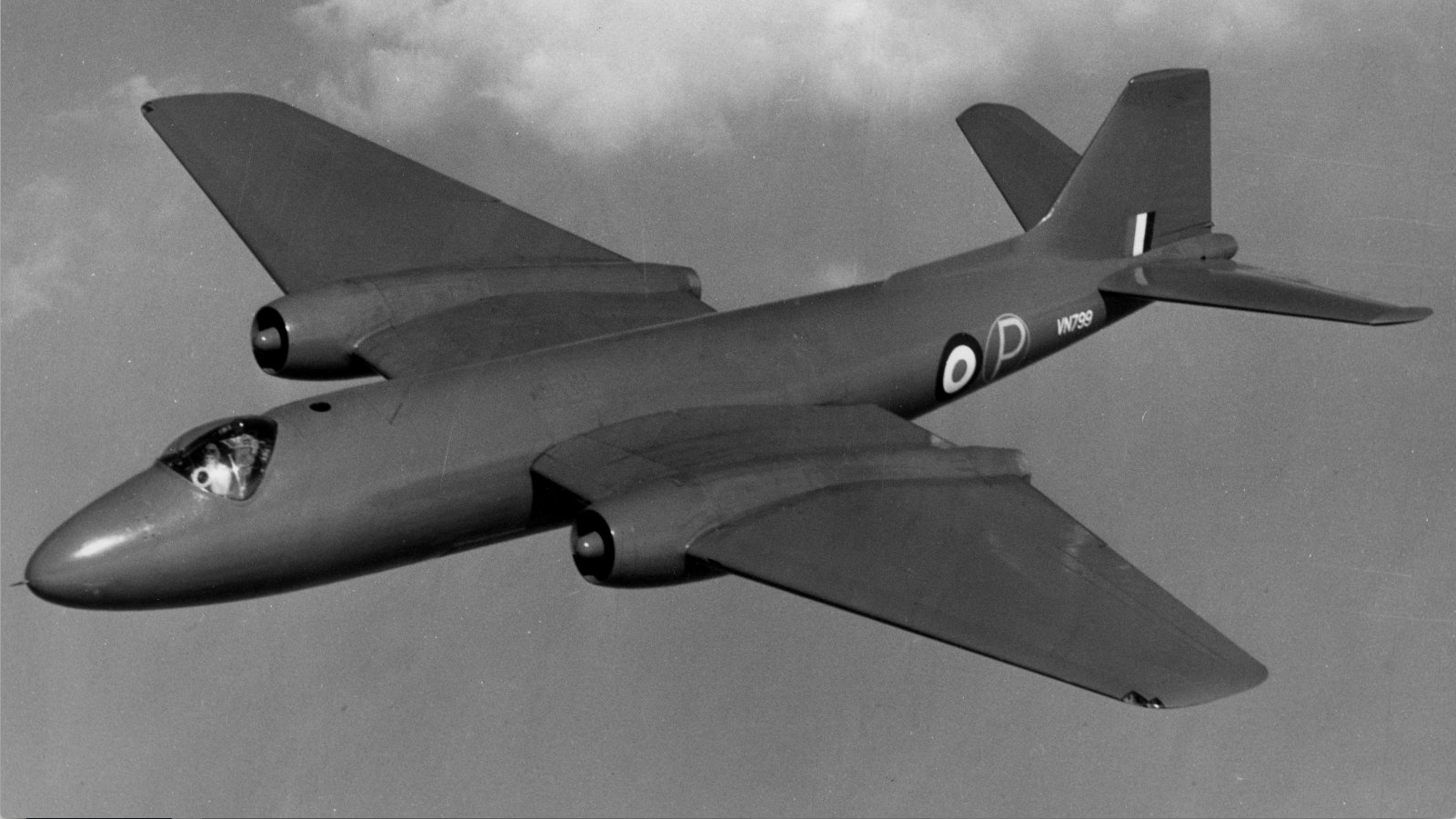

Friday, 13 May 1949: At Warton Aerodrome, Lancashire, Chief Test Pilot Roland Prosper Beamont, C.B.E., D..S.O and Bar, D.F.C. and Bar, made the first test flight of the English Electric A.1 prototype, VN799, a very high altitude light bomber powered by two turbojet engines.
VN799 was the first of four prototypes. Three were equipped with Rolls-Royce
The newly completed airplane had been rolled out 2 May, and over the next several days underwent a series of static and taxi tests. The prototype was painted overall “plate blue.”
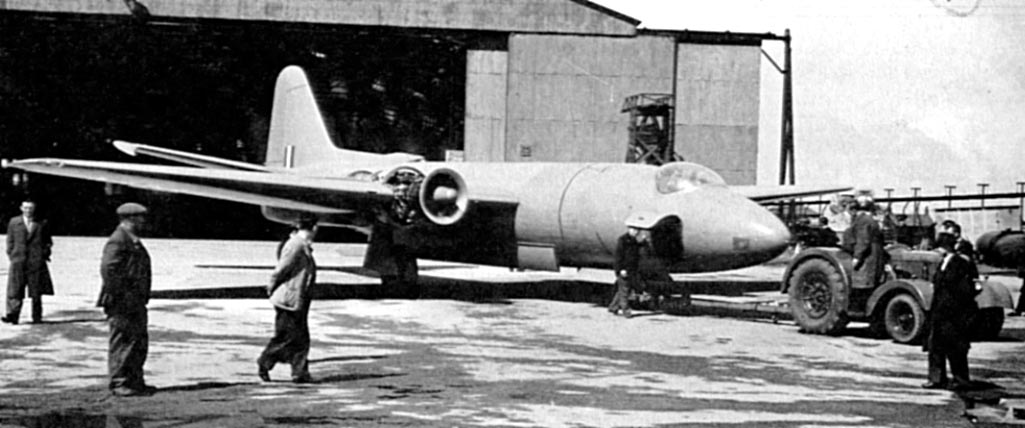

“Bee” Beamont flew the prototype for approximately one-half hour. Other than a problem in yaw, which would be corrected with minor modifications to the vertical fin and rudder over the next several test flights, the aircraft performed very well. Months earlier, the bomber had been ordered into production “off the drawing board.”
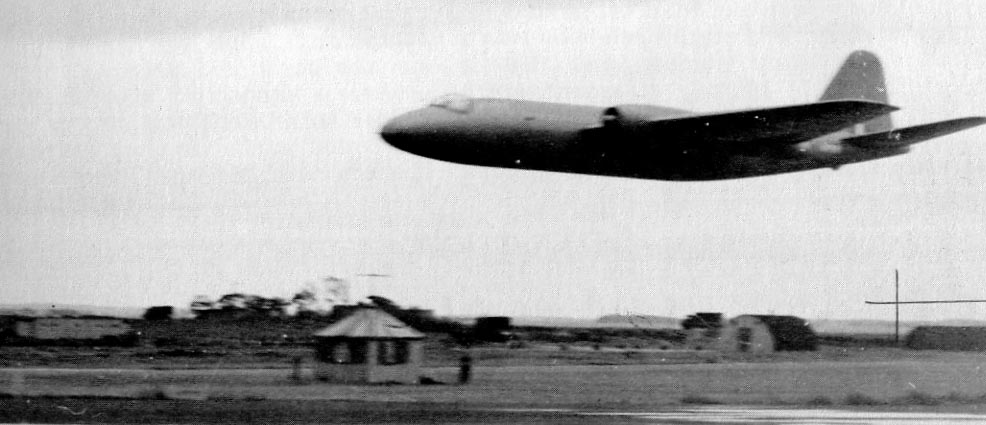
British bombers have traditionally been named for cities. Canberra, capitol of Australia, was selected as the new airplane’s name in January 1950.
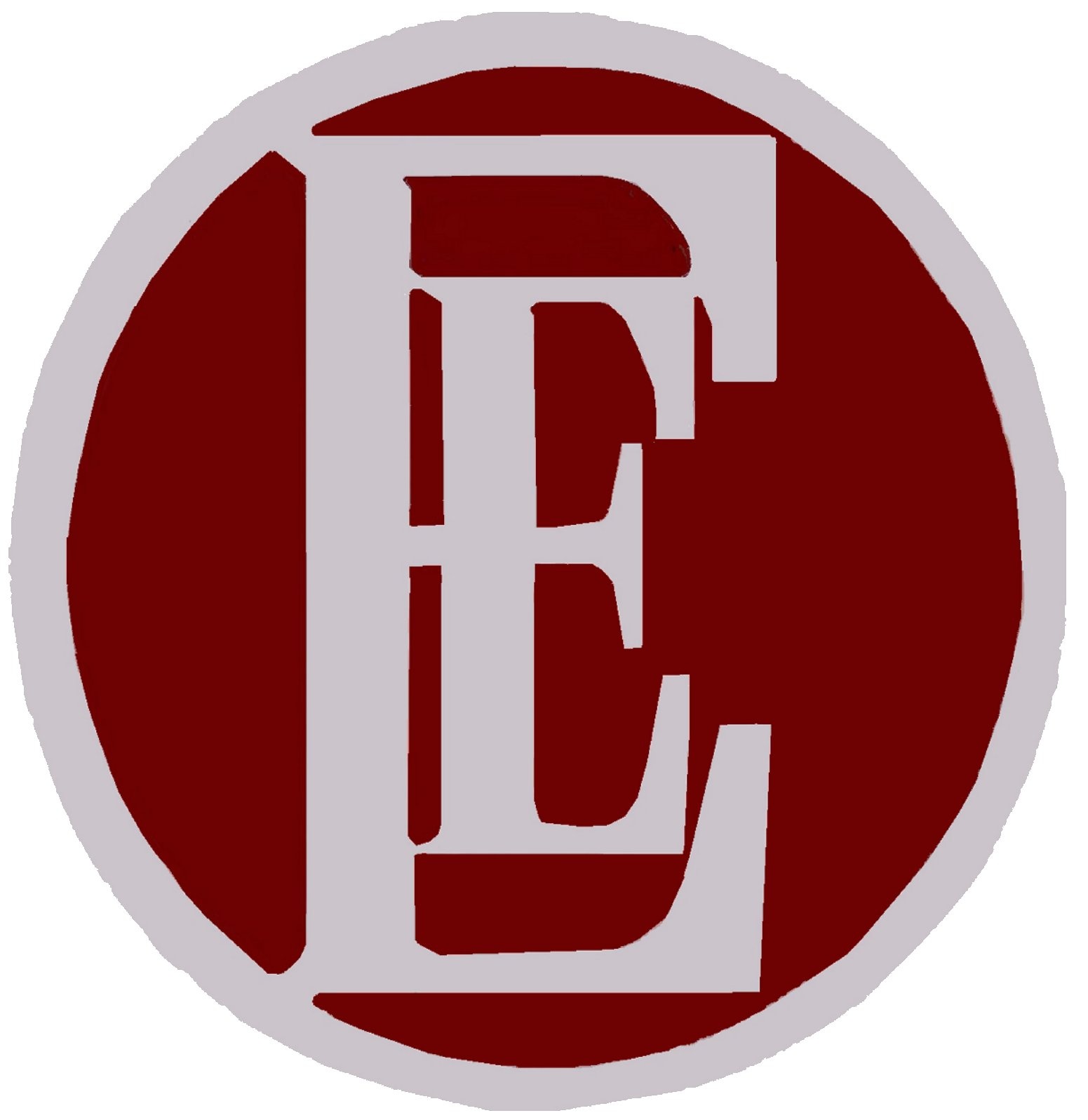 The English Electric B. Mk. I was a twin engine mid-wing bomber, operated by a pilot and navigator/bombardier. The Mk. I was 63 feet, 11 inches (19.482 meters) long, with a wing span of 66 feet, 3 inches (20.193 meters), and overall height of 15 feet, 6.9 inches. (4.747 meters). The wing used a symmetrical airfoil and had 2° angle of incidence. The inner wing had 2° dihedral, and the outer wing, 4° 21′. The total wing area was 960 square feet (89.2 square meters). The tailplane had a span of 27 feet, 4.9 inches (8.354 meters) with 1° angle of incidence and 10° dihedral. Total area of the stabilizer and elevators was 171.1 square feet (15.90 square meters).
The English Electric B. Mk. I was a twin engine mid-wing bomber, operated by a pilot and navigator/bombardier. The Mk. I was 63 feet, 11 inches (19.482 meters) long, with a wing span of 66 feet, 3 inches (20.193 meters), and overall height of 15 feet, 6.9 inches. (4.747 meters). The wing used a symmetrical airfoil and had 2° angle of incidence. The inner wing had 2° dihedral, and the outer wing, 4° 21′. The total wing area was 960 square feet (89.2 square meters). The tailplane had a span of 27 feet, 4.9 inches (8.354 meters) with 1° angle of incidence and 10° dihedral. Total area of the stabilizer and elevators was 171.1 square feet (15.90 square meters).
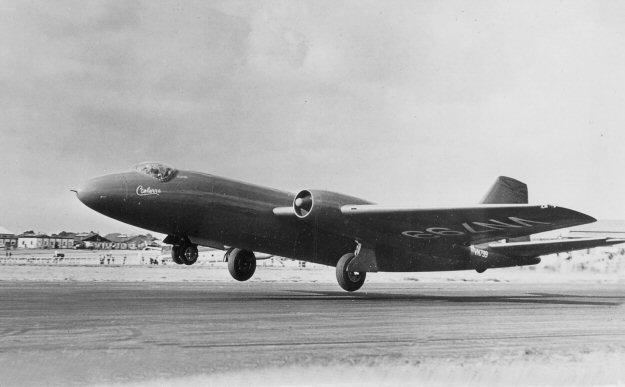
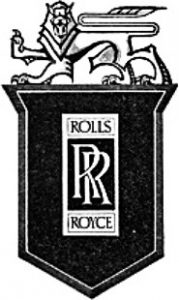 VN799 was powered by two pre-production Rolls-Royce Avon R.A.2 engines. The Avon R.A.2 was a single-spool, axial flow turbojet with a 12-stage compressor section and single-stage turbine. It was rated at 6,000 pounds of thrust (26.69 kilonewtons). It weighed 2,400 pounds (1,089 kilograms). VN799 was the first British airplane built with an axial-flow turbojet engine.
VN799 was powered by two pre-production Rolls-Royce Avon R.A.2 engines. The Avon R.A.2 was a single-spool, axial flow turbojet with a 12-stage compressor section and single-stage turbine. It was rated at 6,000 pounds of thrust (26.69 kilonewtons). It weighed 2,400 pounds (1,089 kilograms). VN799 was the first British airplane built with an axial-flow turbojet engine.
VN799, flown by Flight Lieutenant Harry Maule with Scientific Officer I Mike Burgan, crashed at Sutton Heath, near RAF Woodbridge, 18 August 1953. The engines stopped due to fuel exhaustion while testing automatic landing systems. Maule and Burgan suffered minor injuries, but the airplane was destroyed. At the time of the crash, the prototype Canberra had flown a total of 1,540 hours, 40 minutes.
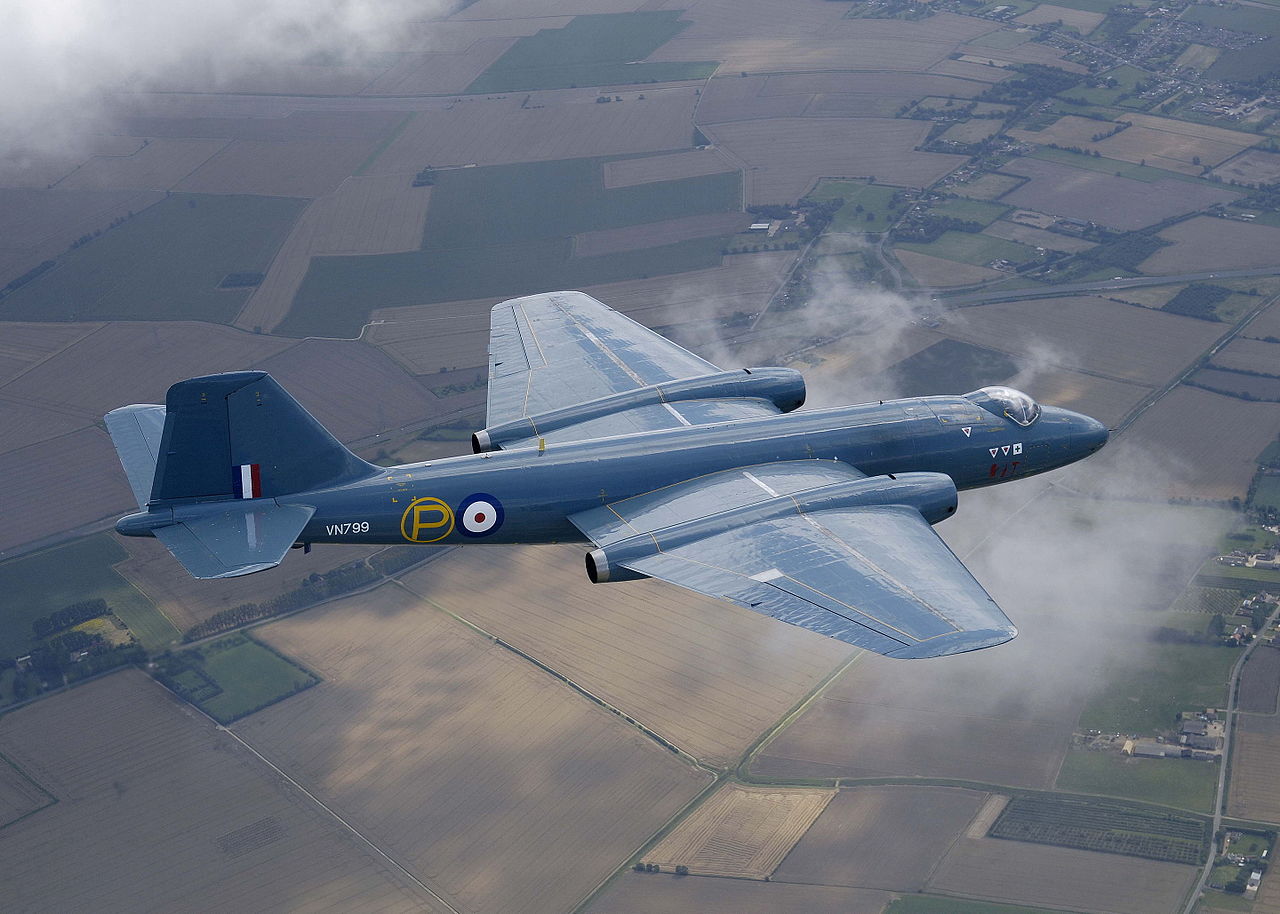
Interestingly, in October 1946, a 34-passenger civil transport variant of the Canberra was proposed, with an enlarged 10-foot-diameter fuselage.
The Canberra was produced in bomber, intruder, photo reconnaissance, electronic countermeasures and trainer variants by English Electric, Handley Page, A.V. Roe and Short and Harland. In the United States, a licensed version, the B-57A Canberra, was built by the Glenn L. Martin Company. The various versions were operated by nearly 20 nations. The Canberra was the United Kingdom’s only jet-powered bomber for four years. The last one in RAF service, a Canberra PR.9, made its final flight on 28 July 2008.
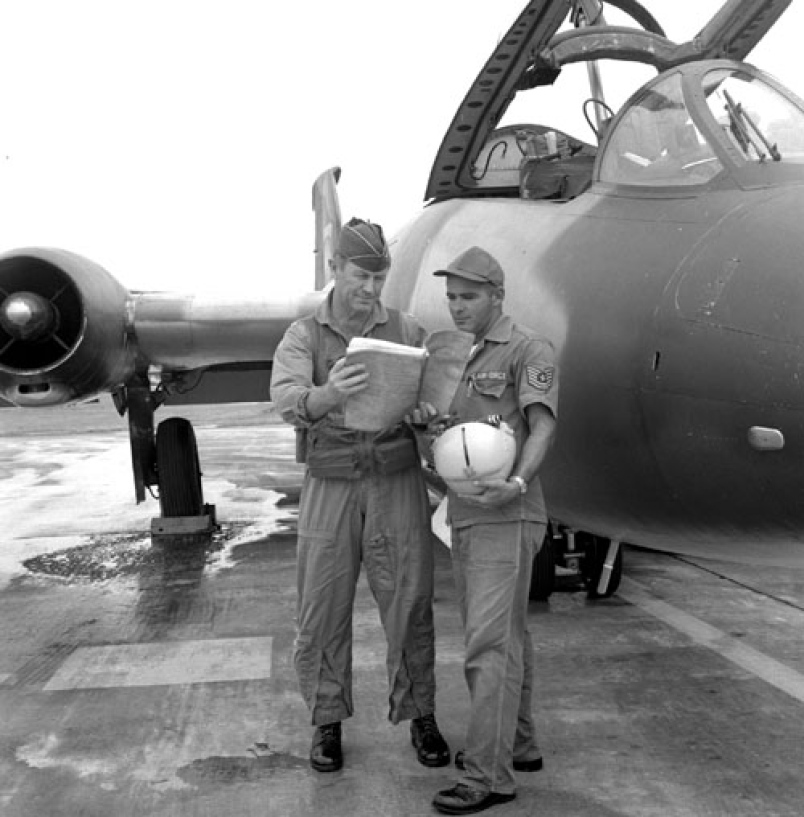
© 2019, Bryan R. Swopes